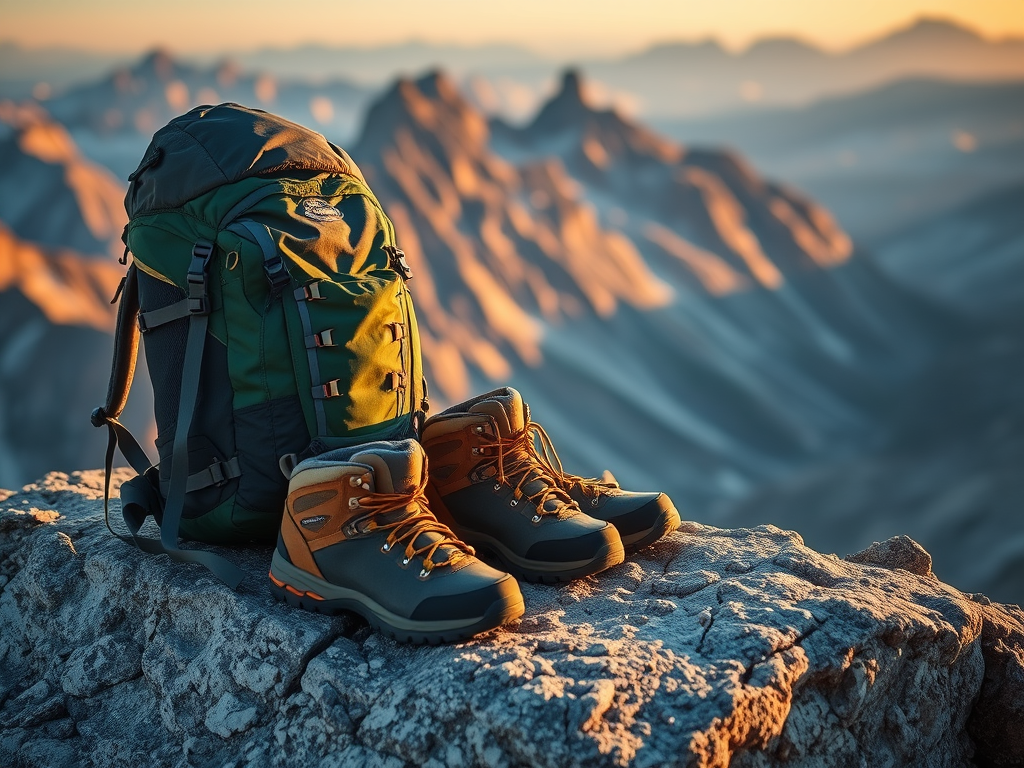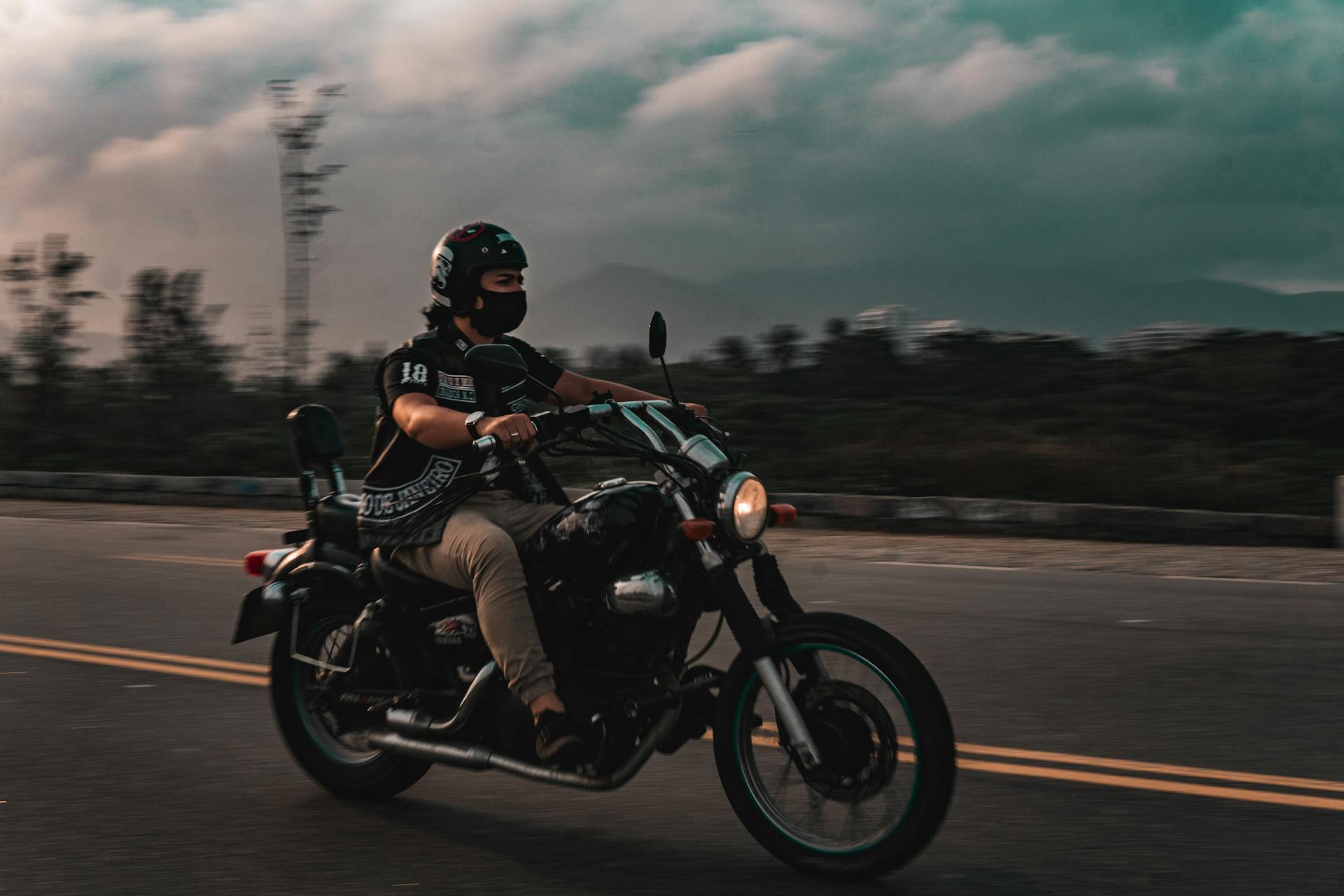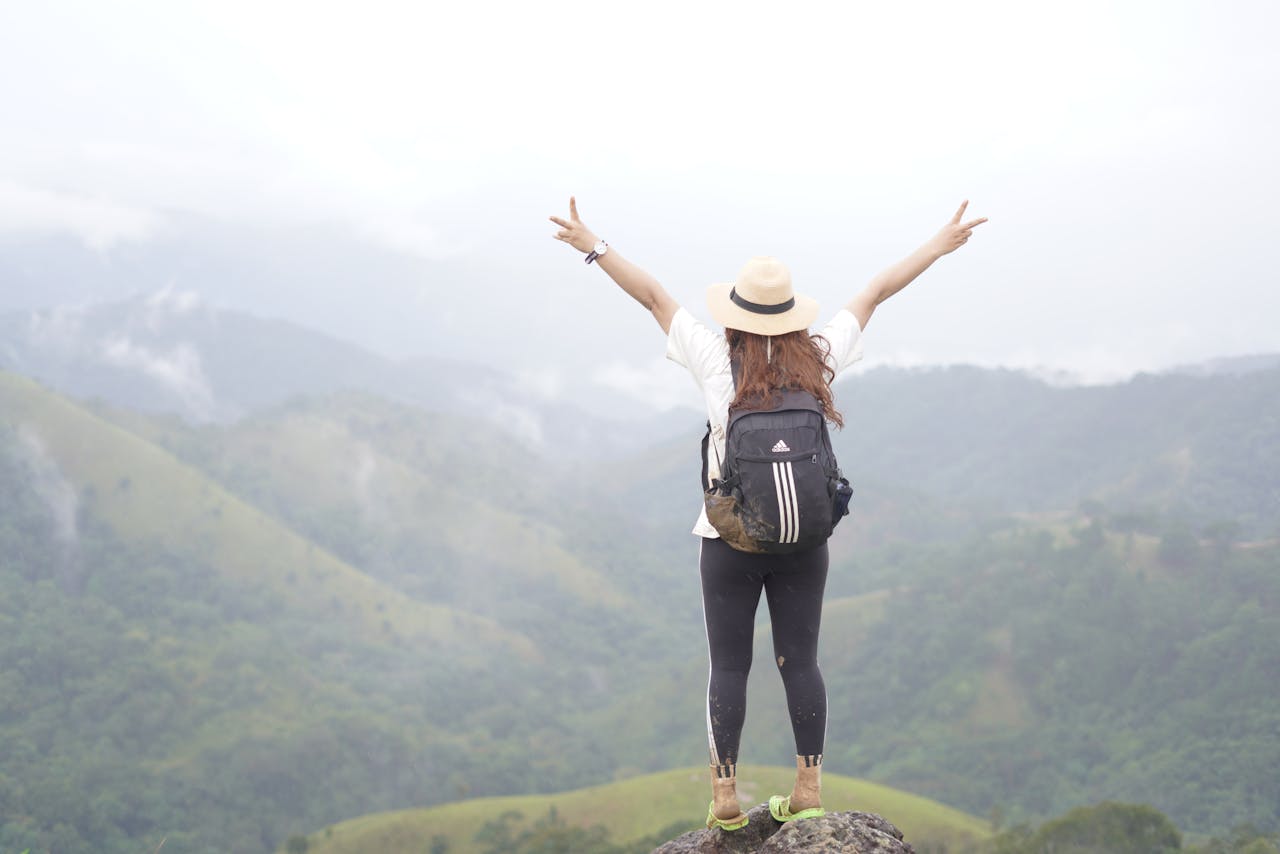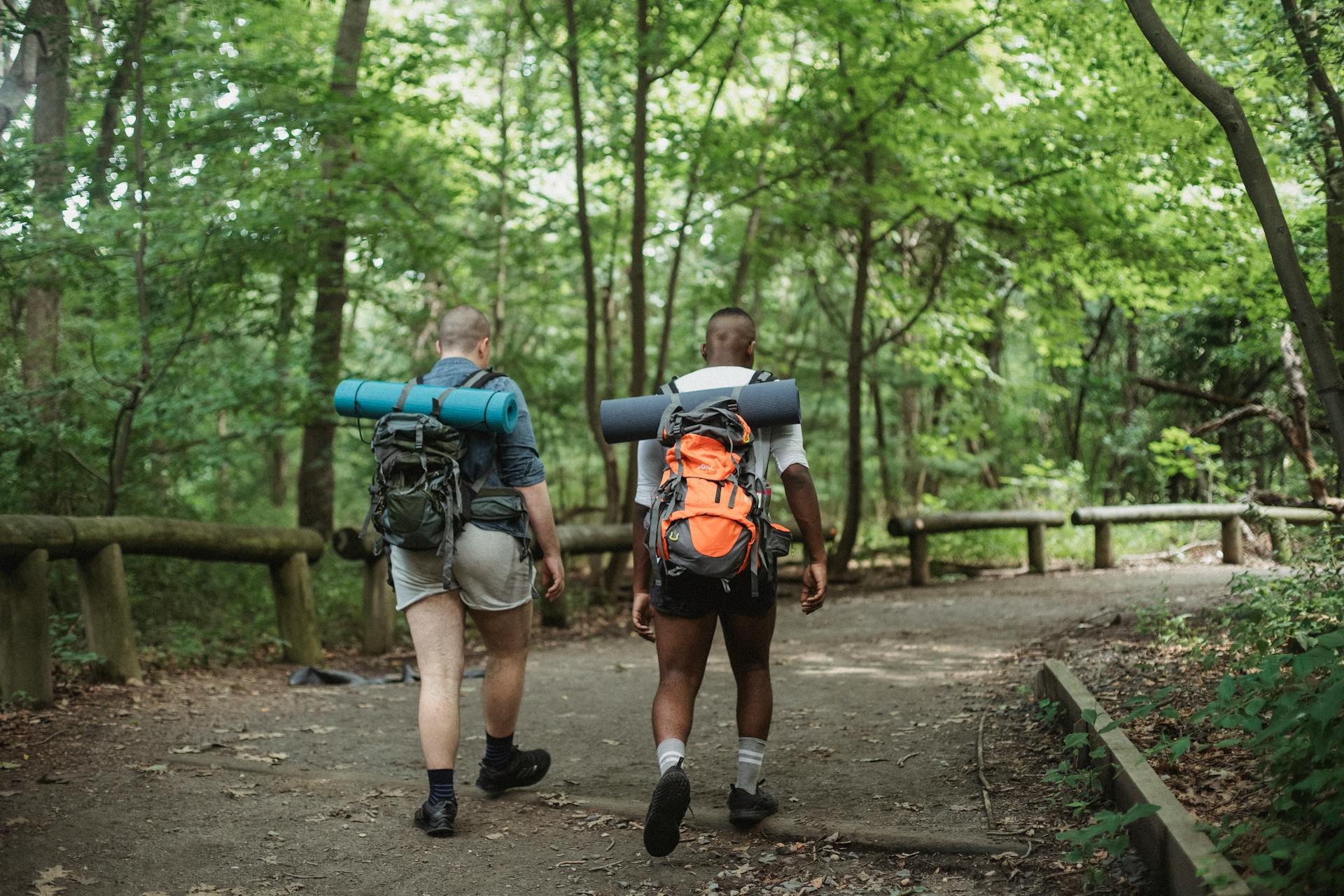Traveling in the mountains offers an exhilarating adventure, but it also requires proper preparation. Whether you’re embarking on a hiking trip, a multi-day trek, or a high-altitude expedition, having the right gear can make all the difference between a successful journey and a difficult or even dangerous experience. In the rugged and unpredictable environment of the mountains, the right gear not only keeps you comfortable but also ensures your safety. This guide will walk you through the essential gear you need to consider when traveling in the mountains.
1. Backpack
Your backpack is one of the most important pieces of gear when traveling in the mountains. It’s where you’ll store your essentials, so you want it to be both comfortable and functional.
- Size and Capacity: A 20-30L daypack is usually sufficient for short hikes, while a 50-70L backpack is ideal for longer treks or multi-day trips. Make sure it can comfortably fit all of your gear, including food, water, and extra layers.
- Fit and Comfort: Look for a backpack with adjustable straps and a padded hip belt for even weight distribution. It should also have a ventilated back panel to keep your back dry and comfortable.
- Durability: Choose a bag made of durable, weather-resistant material such as nylon or polyester. This ensures it can withstand the elements and rough terrain.
2. Footwear
Mountain terrain can be harsh, and your feet will endure a lot. Therefore, having the right footwear is crucial.
- Hiking Boots: High-quality, waterproof hiking boots are essential for mountain travel. Opt for boots with good ankle support, especially if you’ll be walking on rocky or uneven terrain. Features like a Vibram sole provide excellent traction, reducing the risk of slipping.
- Trail Running Shoes: For lighter hikes or if you’re doing a quick mountain trail, trail running shoes may be suitable. They are lighter than boots, but still provide a good grip and some protection.
- Sock Choice: Wool or synthetic socks are the best options as they keep your feet warm and dry, preventing blisters and discomfort. Avoid cotton socks as they tend to retain moisture and can cause chafing.
3. Clothing
The weather in the mountains can change rapidly, so it’s crucial to be prepared for all conditions. Layering is key to maintaining comfort and warmth.
- Base Layer: The first layer of clothing should wick moisture away from your skin. Merino wool or synthetic fabrics are excellent choices for base layers as they keep you warm while allowing moisture to evaporate.
- Insulating Layer: Fleece, down, or synthetic jackets work as insulating layers. A lightweight, packable jacket is ideal for the mountains as it can be put on when temperatures drop or after you’ve exerted yourself.
- Outer Layer: A waterproof and windproof jacket or shell is essential for protecting against rain and cold winds. Make sure the outer layer is breathable to prevent sweating during intense physical activity.
- Pants and Shorts: Choose lightweight, durable, and moisture-wicking pants. Convertible pants that turn into shorts can be useful, depending on weather conditions. Also, ensure the pants are flexible enough to allow free movement.
- Hat, Gloves, and Buff: A hat can protect you from the sun, while gloves are essential for warmth in cold weather. A buff or neck gaiter is also a versatile piece of gear that can keep your neck and face protected from the cold, sun, or wind.
4. Sleeping System
When traveling in the mountains for multiple days, a good night’s rest is essential to stay energized and prepared for the next day’s trek.
- Sleeping Bag: Choose a sleeping bag rated for the temperature you expect. For summer hikes, a 35°F (1.6°C) sleeping bag is usually sufficient, but if you’re traveling in higher altitudes or colder conditions, consider a sleeping bag with a lower temperature rating.
- Sleeping Pad: A sleeping pad adds comfort and insulation from the cold ground. Foam pads are durable but can be bulky, while inflatable pads are lightweight and compact but require more care.
- Pillow: While optional, a lightweight inflatable pillow or stuff sack filled with clothes can make a big difference in getting a good night’s sleep.
5. Navigation Tools
Even with well-marked trails, it’s easy to get lost in the mountains. Having the right navigation tools ensures you stay on track.
- Maps and Compass: A physical map of the area and a reliable compass are basic but vital tools. Familiarize yourself with reading topographic maps and using a compass before venturing out.
- GPS Device: For more advanced navigation, a GPS device or a smartphone with offline mapping apps (such as Gaia GPS or Maps.me) can help you track your route.
- Smartphone with Power Bank: If you plan to rely on your smartphone for navigation, always bring a portable power bank to ensure your phone doesn’t run out of battery.
6. Hydration System
Hydration is critical at high altitudes, where you can quickly become dehydrated due to dry air and increased physical exertion.
- Water Bottles: Carry at least two water bottles or a hydration reservoir. A 2-3L reservoir is usually enough for a full day of hiking.
- Water Treatment: In the mountains, streams and lakes can provide fresh water, but they may contain harmful bacteria or parasites. Bring a water filter or purification tablets to ensure your water is safe to drink.
- Insulated Bottles: If you’re traveling in colder conditions, consider bringing an insulated bottle to prevent your water from freezing.
7. Food and Cooking Gear
Eating the right food at high altitudes is essential to maintain energy levels and avoid altitude sickness.
- High-Energy Snacks: Pack calorie-dense snacks like trail mix, energy bars, jerky, and dried fruits. These snacks are easy to carry and can be eaten on the go.
- Cooking Equipment: If you’re camping overnight, lightweight stove systems like a canister stove or alcohol stove are great options for boiling water or cooking dehydrated meals. Don’t forget a lightweight cooking pot and utensils.
- Meals: For longer treks, you can rely on freeze-dried meals that are easy to prepare by simply adding boiling water. These meals are compact and designed for mountain travel.
8. Emergency and First Aid Kit
No matter how well-prepared you are, it’s always essential to have an emergency kit in the mountains.
- First Aid Kit: A well-stocked first aid kit should include bandages, antiseptic wipes, pain relievers, blister treatment, and any personal medications you may need. Be sure to add items like tweezers for splinters, sunscreen, and insect repellent.
- Emergency Whistle: A whistle can be a lifesaver if you get lost or need to attract attention in an emergency.
- Multi-tool: A compact multi-tool with knives, scissors, and screwdrivers can be invaluable for any quick repairs or tasks that may arise.
- Headlamp with Extra Batteries: A reliable headlamp is essential for evening hikes or emergencies when visibility is low. Make sure to bring extra batteries to avoid being caught in the dark.
9. Safety and Communication Gear
While not always necessary, having additional safety and communication gear can provide peace of mind during mountain travel.
- Satellite Messenger or InReach Device: If you’re traveling in remote areas without cell service, a satellite messenger can allow you to send messages, track your location, and call for help in an emergency.
- Personal Locator Beacon (PLB): This is a device that can send a distress signal to rescuers in case of a life-threatening situation. It’s ideal for high-risk trips.
- Sun Protection: The sun can be much stronger at high altitudes. Bring high-SPF sunscreen, lip balm with SPF, and sunglasses with UV protection.
10. Miscellaneous Gear
While the above items are essential for most mountain trips, there are a few other pieces of gear you might want to consider, depending on the type of adventure you’re undertaking.
- Trekking Poles: These provide stability and support, especially on steep or uneven terrain. They help reduce strain on your knees and improve balance.
- Camera: If you want to capture the stunning landscapes, bring a compact, lightweight camera or smartphone. Be sure to protect it from the elements.
- Trash Bags: Leave no trace by packing out all your trash. Bring lightweight trash bags to carry wrappers, food scraps, and any waste.
Final Thoughts
Mountain travel can be a thrilling and rewarding experience, but it also comes with its challenges. By carefully selecting the right gear, you can ensure your safety, comfort, and overall enjoyment. Whether you’re taking a short day hike or embarking on a multi-day trekking adventure, the key is to pack efficiently, be prepared for changing conditions, and focus on the essentials.
So, pack wisely, plan ahead, and get ready to enjoy the wonders of the mountains!









Leave a Reply
View Comments